Have you ever thought about how people from the Middle Ages kept fit and fab? Today, we depend on Google and health blogs, but then they had their own wellness Bible. This is regarding the Tacuinum Sanitatis. It is as relevant today as it was about 800 years ago.
These people came first, so forget the kale smoothies and avocado toast. This manuscript dated from the fourteenth century but with origins as far back as an eleventh-century Arabic book changed the game.
To Whom Do We Owe the Writing?
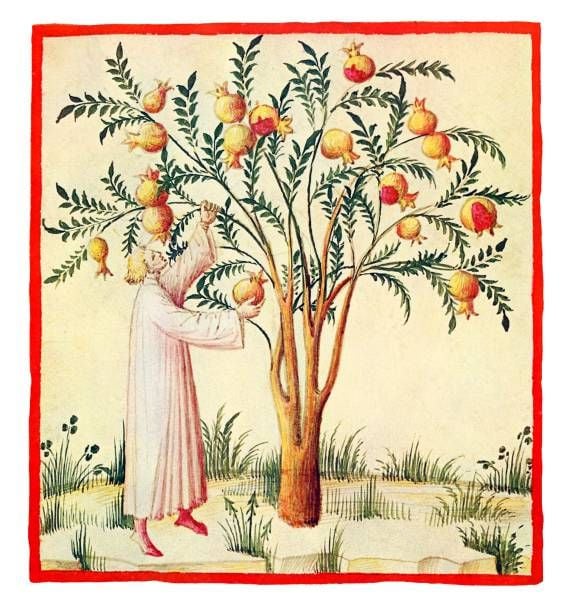
Ibn Butlan, an 11th-century Arab Christian theologian from Baghdad, was the mastermind behind that. His first book, Taqwīm aṣ‑Ṣiḥḥa (Maintenance of Health), was translated into Latin and, wow, Medieval peeps made it their Tacuinum Sanitatis, the must-have guide.
Do you remember that there was no such thing as TikTok tutorials and WebMD back then? Yes, as they say, this was their guidebook on how to eat, drink, and dress for life.
Medieval Instagram, Anyone?
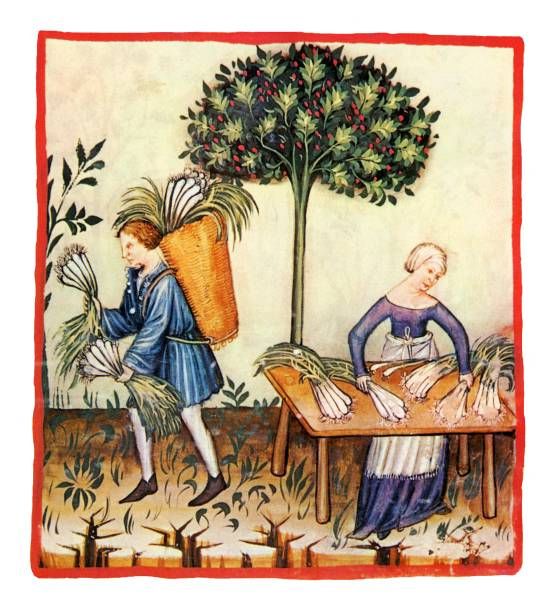
This wasn’t some ancient book but a visual treat. To think of it, it is a Medieval Instagram feed but for health. You know, it was top-notch stuff because the Italian nobility commissioned it. Beautiful illustrations of feudal society living their best lives were the icing on the cake.
However, these illustrations were not just to add some beauty. They were simple and educational, having Ibn Butlan educating his disciples. Picture it as a highly engaging precursor to modern-day infographics.
The OG Wellness Trend
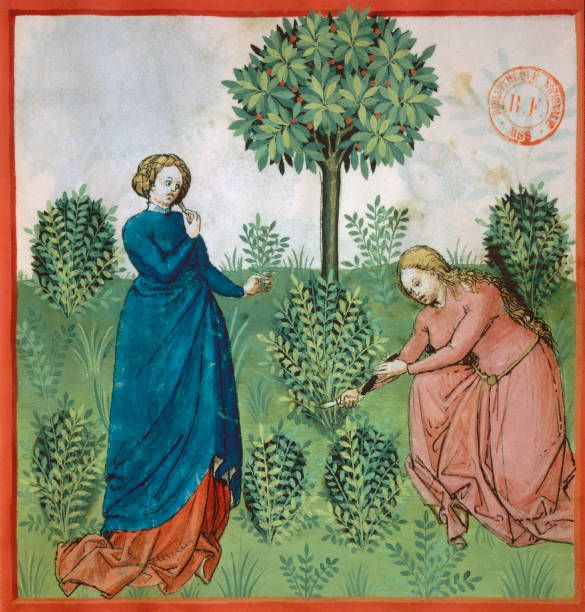
This, however, was not just a hit in one country; this manuscript went wild throughout Western Europe. Because of the popularity of the vellum notebook, it gave rise to the modern Italian word for “notebook,” which is taccuino. Talk about a trendsetter.
This was far from a book only for scholars; it became a best-seller. That’s right. This was like the medieval of a viral blog post but for wellness.
Eating Our Vegetables The Medieval Way
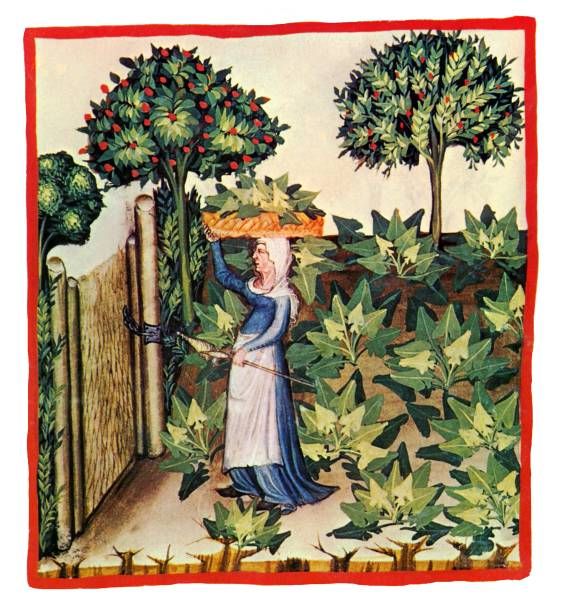
Farm-to-table may be the latest thing today, but let me tell you what? Tacuinum was already there. This was an ancient instruction that presented nobles reaping all from vegetables to medicinal herbs. Talk about fresh produce, huh?
It was not a mere story of people harvesting lettuce; the book went into detail. It was an absolute nutritional guide from barley’s benefits to rye’s wonders. They were the ultimate experts when it came to eating organic.
Medieval Mixology

They also took drinks. An example picture depicts a vendor selling a barley decoction like it was some medieval Starbucks. Therefore, when you are enjoying your oat milk latte the next time, remember that they were the original dudes.
Would you love to learn more about the medieval life? The harvesting of rye, imagine such scenes. Yes, the same rye that is still widely cultivated. Sustainable agriculture? We had them on our toes.
Herbalicious
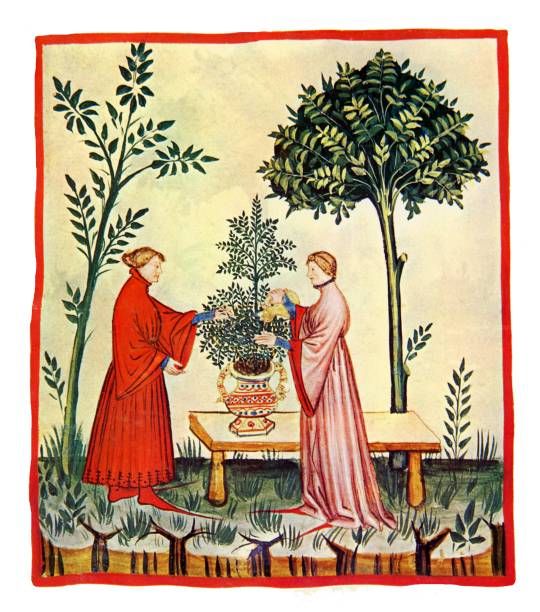
But wait, there’s more. This was a rare farmer’s almanac. She also used it as a reference for herbal medicine. For all of your favorite herbs, such as basil and sage, you would have 411 from this manuscript.
Each of these illustrations had accompanying mini guidelines that explained the healthy goodness of stuff like dill. This was, in effect, the predecessor of your beloved health blog, including DIY tips.
Not Just for Foodies
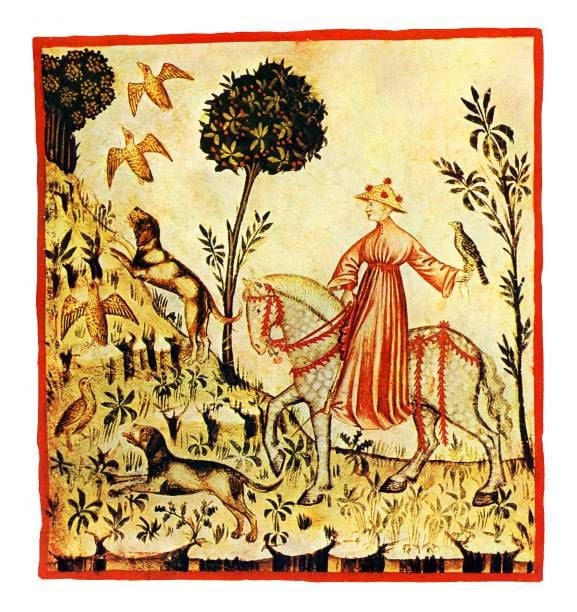
Moreover, Tacuinum did not deal with food alone. It included herbs, agriculture as well as cookery. So, if you feel that the farm-to-table movement or chef culture are new things, think twice.
Its influence went beyond merely giving health tips. In essence, the book served as an early form of modern studies on agriculture and cooking. It was a syllabus, a cookbook, and a medical textbook all in one.
Fruits = Health
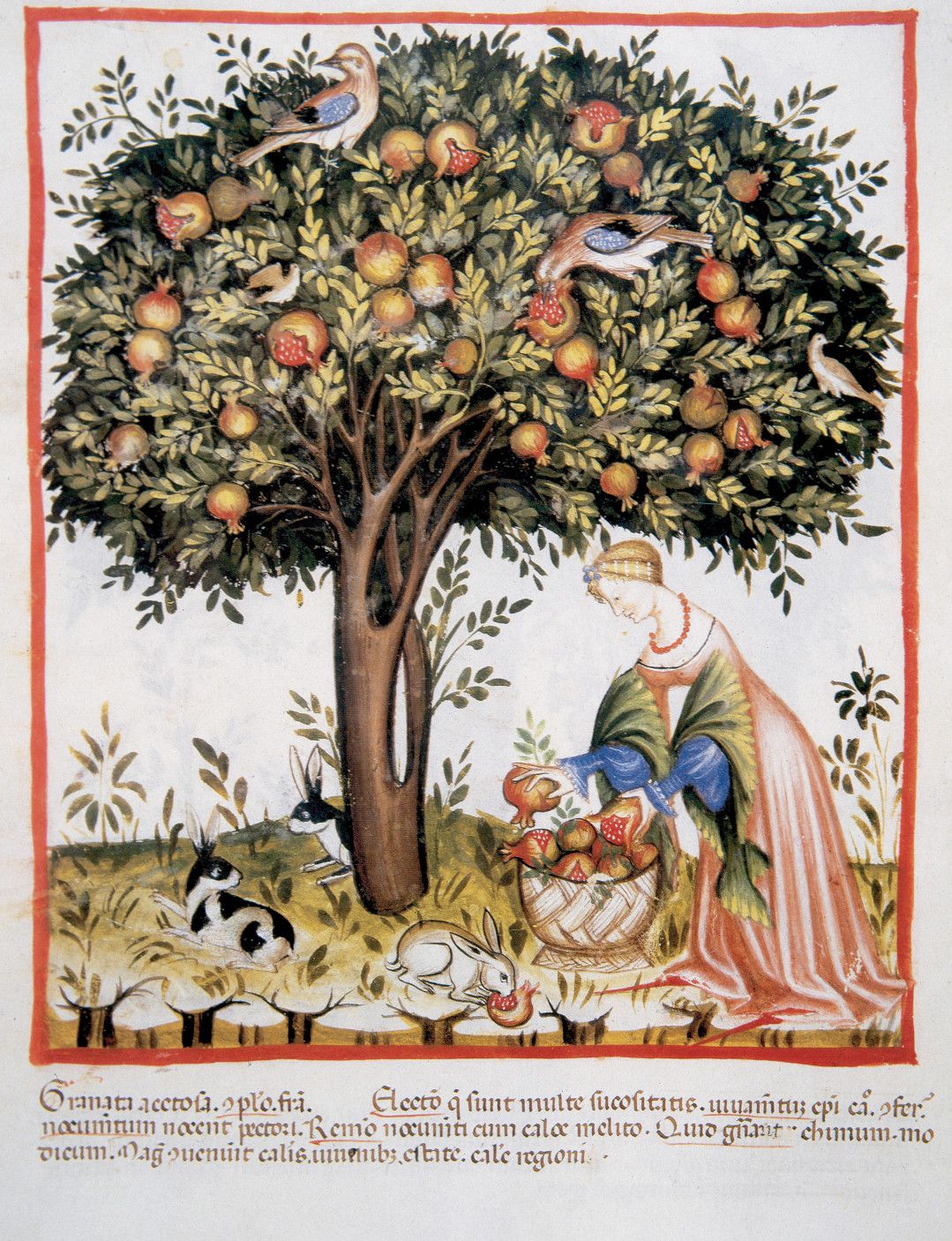
Does an apple a day really keep a doctor away? However, the earliest one to link fruits to human health was the Tacuinum. Talk about revolutionary.
Even in illustrations, we can see a noblewoman picking up fallen pomegranates, birds picking at fruit, and bunnies eating leftovers. A nature documentary in manuscript form for the medieval times.
Medieval Food Critics
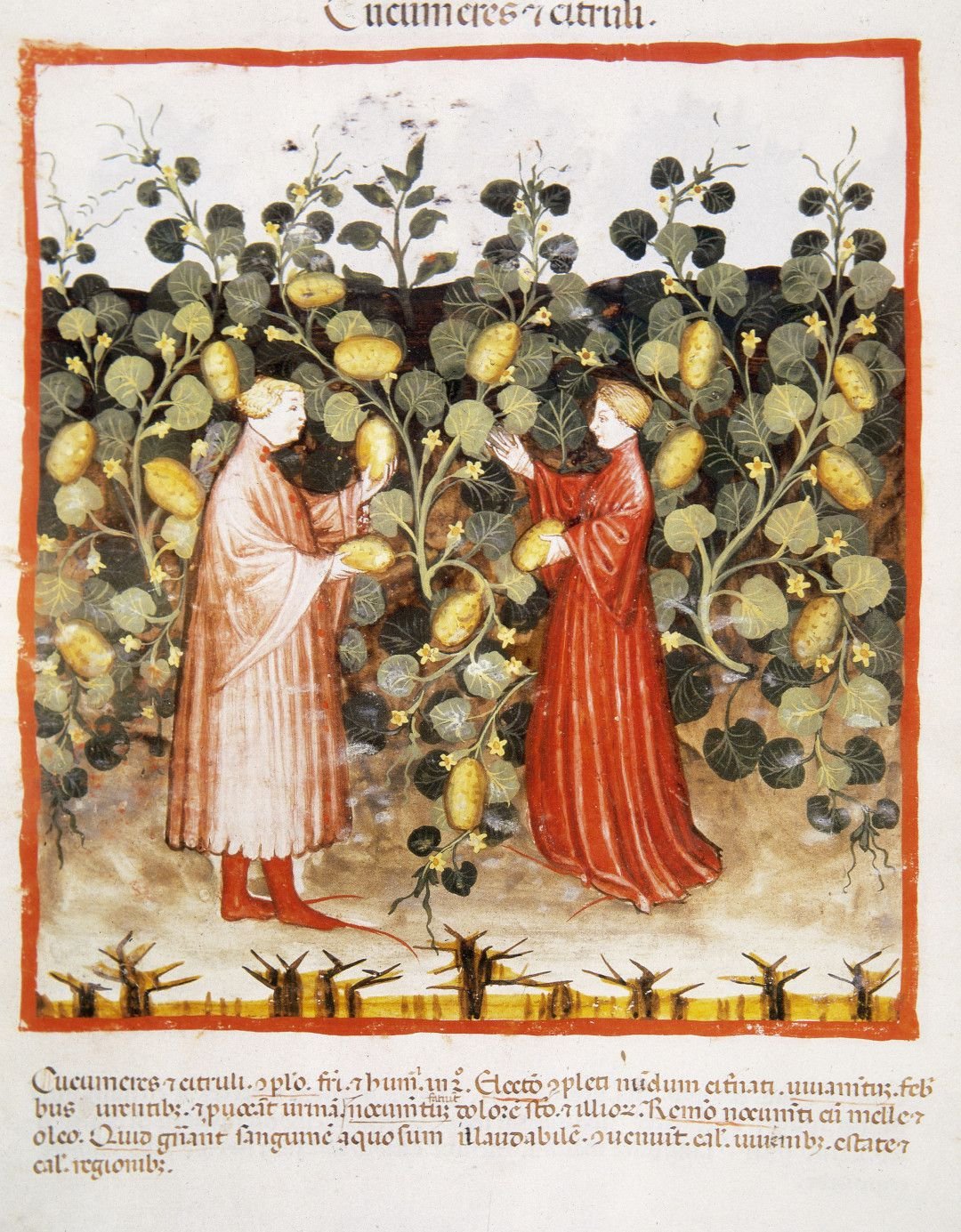
They didn’t just tell you the good stuff; they also warned you against the bad stuff. They mentioned both positive and negative attributes of cucumbers to other plants.
So, why wonder that grandma was always cautioning you to avoid some of these foods? Some medieval genius got there somewhere in the Middle Ages first.
Scent-sational
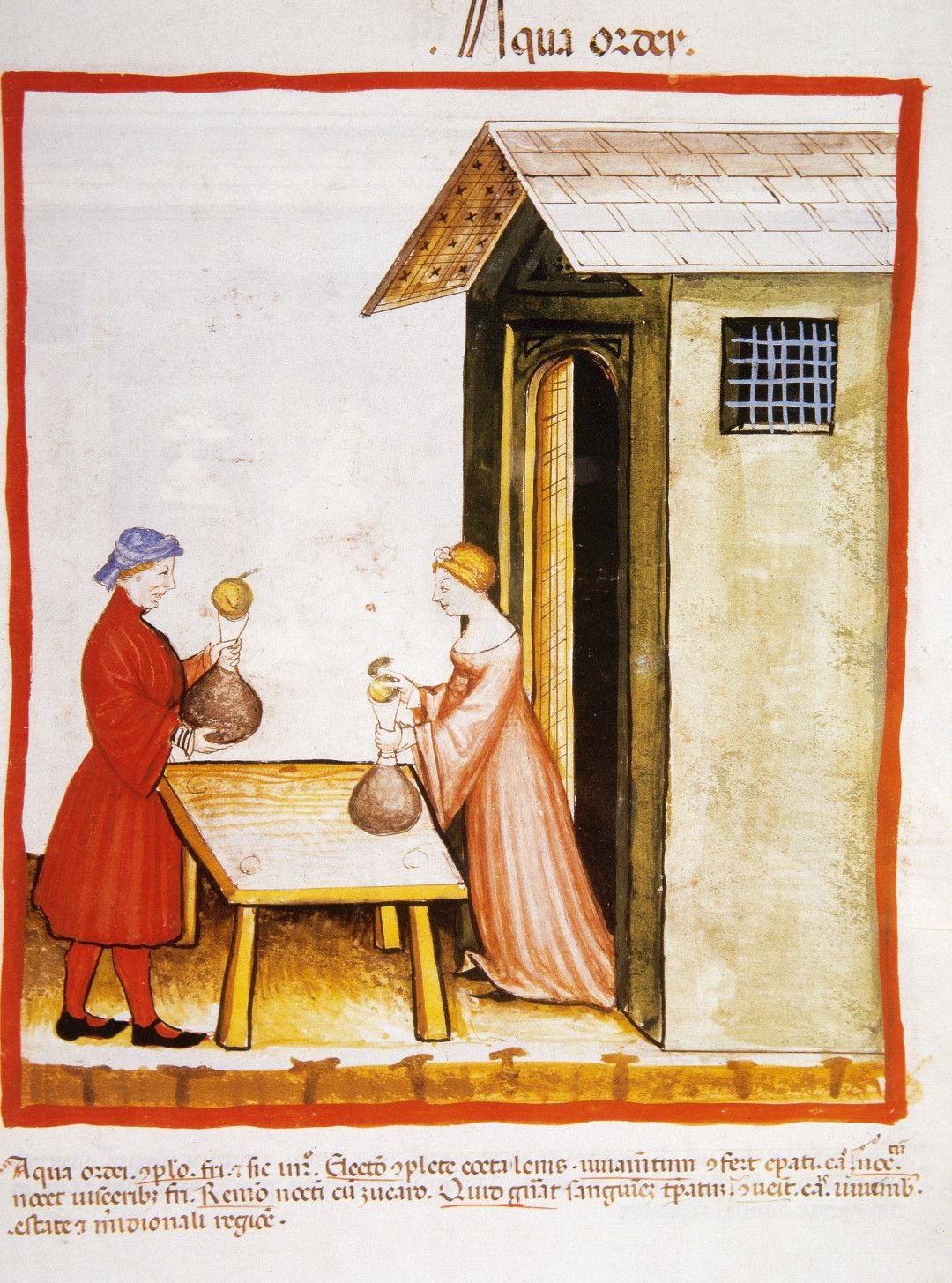
This book even went so far into aromatherapy. The page where the almond oil is dispensed. Thus, they knew the importance of smelling as well.
Who would have imagined that an old book could still be that significant? Thus, before you read about the newest diet trend, remember that the Tacuinum Sanitatis did it first.








































